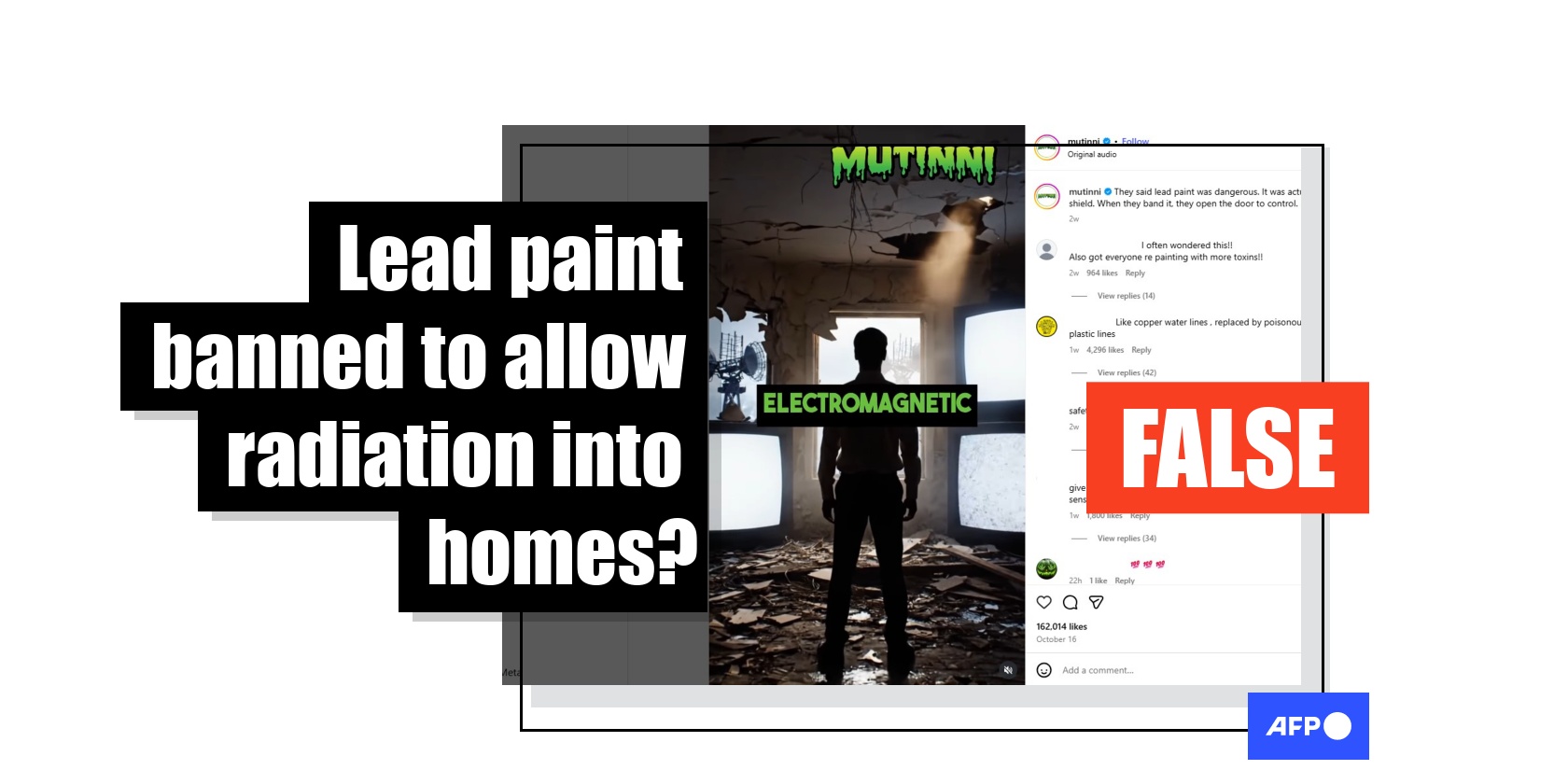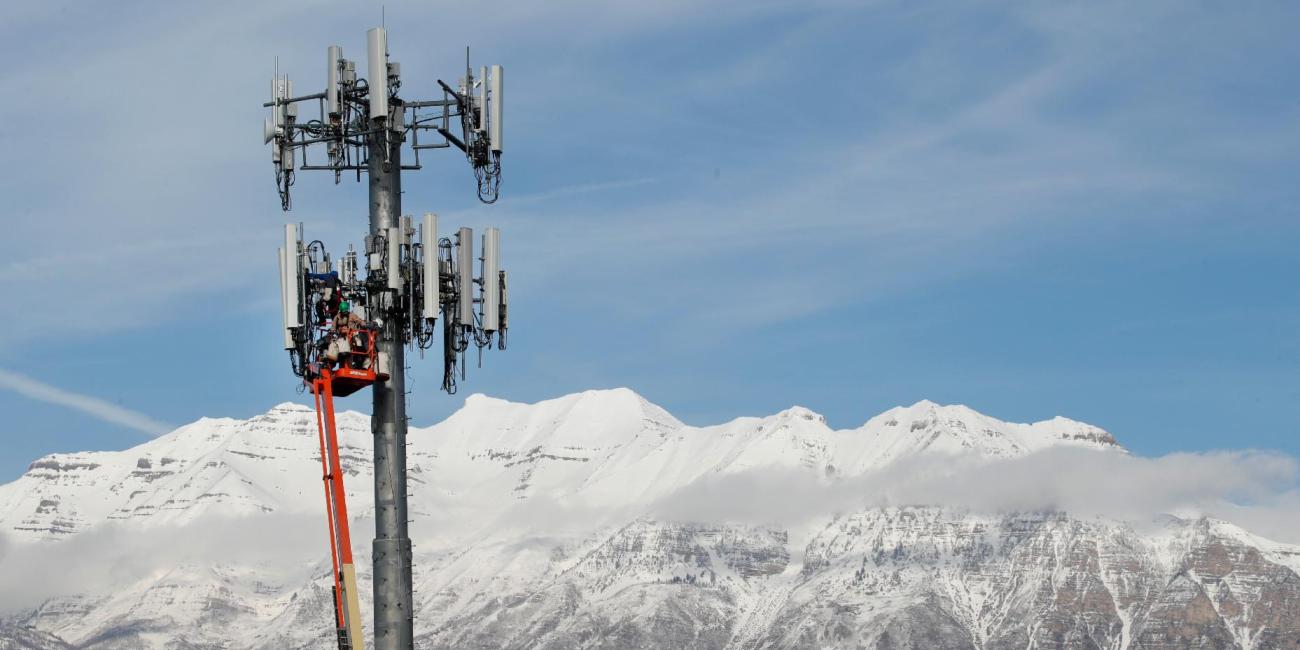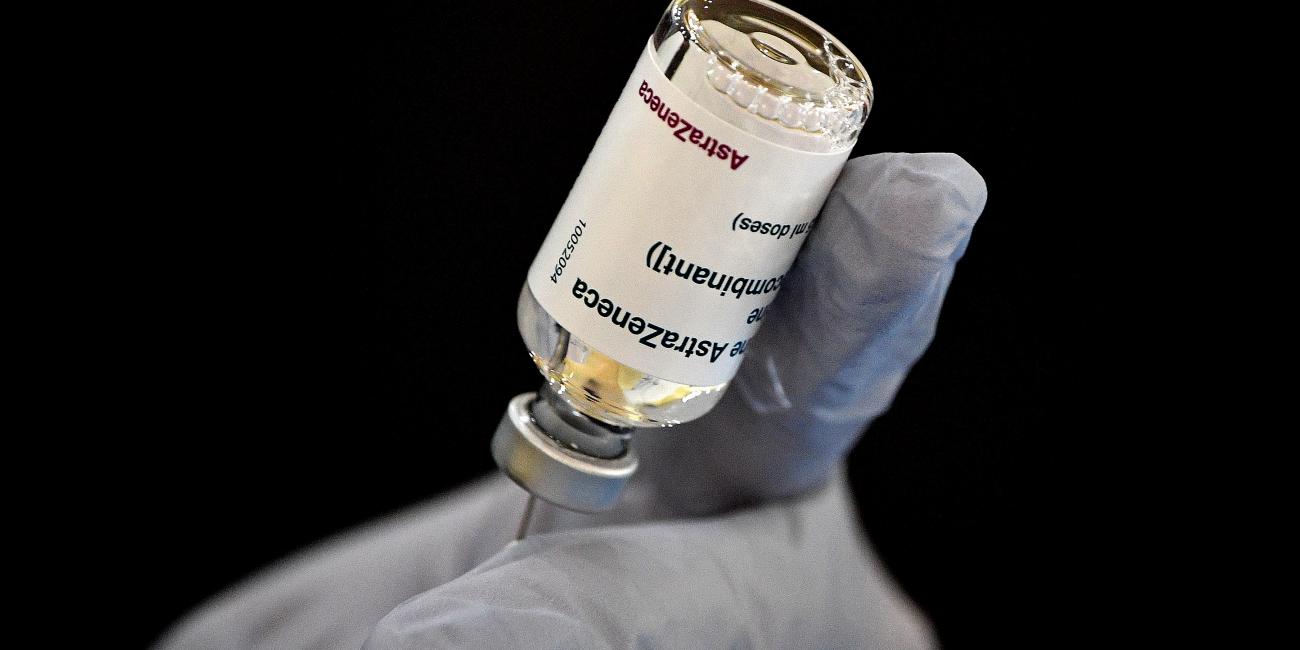
Dangerous lead paint was not concentrated enough to block radiation
- Published on October 31, 2025 at 21:52
- 3 min read
- By Gwen Roley, AFP Canada
Canada and the United States phased out lead paint decades ago due to serious health risks, but social media users are now claiming the ban was actually enforced because the substance protected homes against electromagnetic radiation. This is false; while thick lead shields can be used in medical and nuclear settings to protect from high-energy frequencies, the quantity found in lead paint is not enough to block radiation of any sort.
"Did they really ban lead paint because it was toxic or because it blocked their signals?" says what appears to be an AI-generated voiceover in an October 23, 2025 Instagram reel.
The clip goes on to describe a nefarious plot to ban lead paint to remove the cover it supposedly provided against harmful radiation, echoing long-standing conspiracy theories about population control and electromagnetic frequencies, such as 5G.
"Once the lead came off the walls, the signals went in," the narration continues.
The claim also appeared on Facebook, X and TikTok, building on rumors about lead paint protecting against radiation that have spread online for years.


It is long-established that lead poisoning can cause brain damage, coma and even death (archived here).
Both Canada and the United States restricted the use of lead paint in homes in the 1970s after years of research and advocacy condemning exposure via stray paint chips and dust (archived here, here and here).
Reached by AFP, Health Canada pointed to an information page explaining that lead poisoning can cause anemia and nervous system damage (archived here).
The Canadian health agency and other medical groups, including the World Health Organization, caution the risk of exposure is higher for children since they can absorb lead more easily into their systems (archived here).
"Currently there is no known safe level of lead exposure," Health Canada says on its website.
Lead and radiation
The Canadian health agency says based on available evidence there are not health risks associated with radio waves and the cell phone towers that power wireless communication systems. Nevertheless, there are recommended limits of exposure to this low-frequency radiation, which can cause discomfort and unwanted nerve stimulation (archived here and here).
Jason Donev, a professor of physics at the University of Calgary, told AFP on October 29 these frequencies on the low end of the electromagnetic spectrum are non-ionizing and not as immediately harmful as higher-frequency ionizing radiation, which carries greater risk of burns, cell damage and cancer (archived here and here).

Lead, he explained, is effective at blocking ionizing radiation like X-rays and gamma rays due to the metal's density and absorption capacity, which is why it is commonly used in medical and nuclear settings (archived here and here).
However, he told AFP lead paint does not offer substantial radiation protection.
"It needs to be a lot of lead," Donev said. "You would need centimeters of lead as opposed to a small fraction of a millimeter of lead -- which is what you get in lead paint."
He added that lead in any form does not offer much cover from non-ionizing radiation, since the frequencies' longer wavelengths can more easily pass through the metal.
"Things like copper that have good electrical conductivity do a better job of blocking things like radio waves," Donev said, explaining the use of these types of materials is why people often lose cell service in elevators (archived here and here).
Like Health Canada and the World Health Organization, the physicist emphasized the damage that lead can cause to the nervous system. He said the element can build up over time with few ways of removing it from the body.
Read more of AFP's reporting on misinformation about 5G here.
Copyright © AFP 2017-2025. Any commercial use of this content requires a subscription. Click here to find out more.
Is there content that you would like AFP to fact-check? Get in touch.
Contact us




